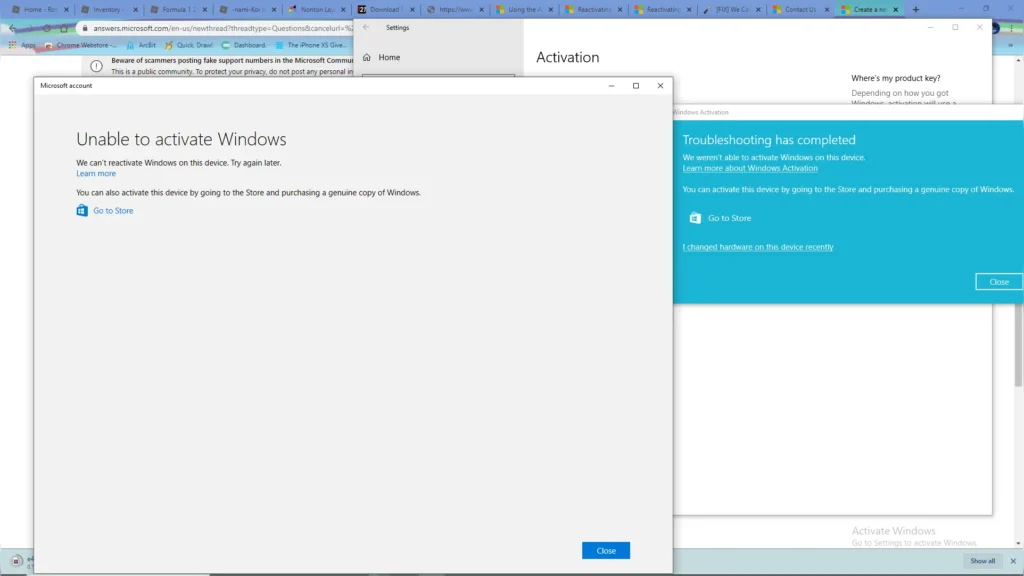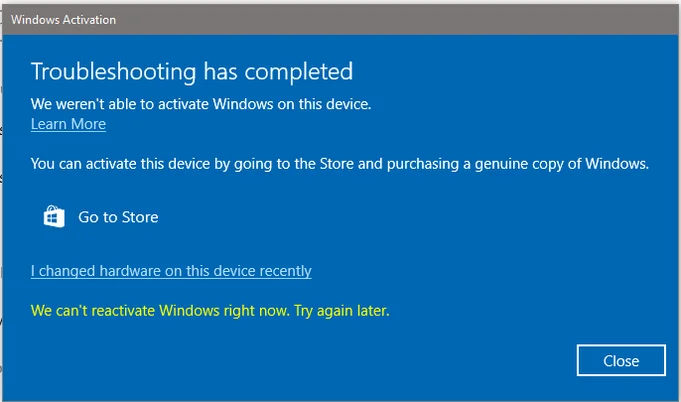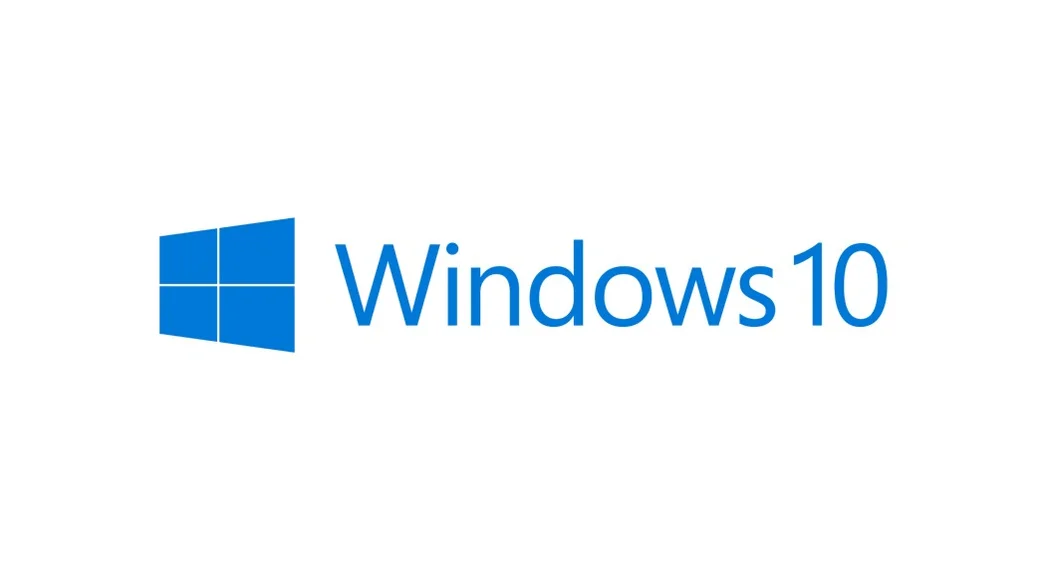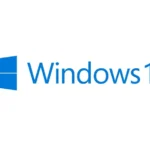If you’ve recently made a significant change to your computer’s hardware, such as replacing the motherboard, you may find yourself with a message indicating that your Windows 10 is no longer activated. This can be frustrating, especially when you need your system up and running smoothly. Fortunately, reactivating Windows 10 after a hardware change is a straightforward process, and this guide will walk you through every step to ensure you’re back on track.
What You Need Before Reactivating Windows 10
Before diving into the reactivation process, make sure you have the following essentials:
- A Microsoft Account: If you haven’t already, link your Windows 10 license to a Microsoft account. This is crucial for reactivating Windows after hardware changes. Without this, the process becomes more complicated.
- Your Windows Product Key (if applicable): For some older versions of Windows, or if you bought a retail copy, you might need your Windows product key. Keep this handy, but most people won’t need it if they use a Microsoft account.
- Internet Connection: An active internet connection is required to complete the reactivation process.
Why Does a Hardware Change Require Reactivation?
Windows 10’s activation system ties your license to the hardware of your PC. When you change critical components, like the motherboard, Windows may consider it a new device and, as a result, the license needs to be reactivated. This is to prevent the same license from being used on multiple computers. If you’ve linked your Windows 10 license to a Microsoft account, you can reactivate it quickly and easily after a hardware change.

Step-by-Step: How to Reactivate Windows 10 After a Hardware Change
Step 1: Sign in with Your Microsoft Account
The first and most important step is ensuring that you’re signed in with the correct Microsoft account—the one associated with your Windows 10 license.
- Open Settings (click the Start menu and select the gear icon).
- Go to Accounts, and check if you are signed in with your Microsoft account. If you are using a local account, you need to switch to a Microsoft account.
If you don’t have your Windows license linked to your Microsoft account yet, this step might require more troubleshooting. If your license is already linked, you’re good to go!
Step 2: Open the Activation Troubleshooter
Once you’re signed in with the right Microsoft account, you’ll use the Activation Troubleshooter to resolve any activation issues.
- Open Settings again, but this time, navigate to Update & Security > Activation.
- If your Windows isn’t activated, you’ll see a message stating so, along with a button that says Troubleshoot. Click this to begin the process.
The Activation Troubleshooter is your go-to tool for reactivating Windows after a hardware change. It’s designed to automatically detect problems and guide you through the reactivation process.
Step 3: Use the “I Changed Hardware on This Device Recently” Option
Once the Activation Troubleshooter starts, it will check your device for problems. If you’ve recently changed your hardware and Windows isn’t activated, the troubleshooter will display the option, “I changed hardware on this device recently.”
Click this option. At this stage, you may be prompted to sign in again with your Microsoft account (for security reasons). Make sure you use the same Microsoft account linked to your Windows 10 license.
Step 4: Select Your Device from the List
When you sign in, you’ll see a list of devices linked to your Microsoft account. If you see multiple devices, find the one you’re using and select it. You might recognize it by its name or by other details such as the last time it was active.
- Select your device from the list and choose Activate.
- Windows will now attempt to reactivate your copy of Windows 10.
If the process is successful, you’ll see a confirmation message stating that Windows is activated. Congratulations, your system is now back to being fully licensed!
Common Issues and How to Troubleshoot Them
Even though the process usually goes smoothly, you might encounter some issues along the way. Here are some common problems and how to resolve them:
- Activation Troubleshooter Doesn’t Work: If the troubleshooter fails to resolve the issue, make sure you’re signed in with the correct Microsoft account and that the device is connected to the internet. If problems persist, try restarting your PC and running the troubleshooter again.
- Device Not Listed in Microsoft Account: If your device doesn’t appear in the list when running the Activation Troubleshooter, this may indicate that your Windows license was not linked to your Microsoft account prior to the hardware change. Unfortunately, without this link, you may need to contact Microsoft support to resolve the issue.
- Microsoft Account Not Linked Prior to Hardware Change: If you didn’t link your license to a Microsoft account before changing the hardware, you’ll likely need your original Windows 10 product key for reactivation. This can be tricky, especially for pre-installed Windows versions (OEM), but contacting Microsoft support may help.
- Error Messages: If you encounter error messages such as “Unable to activate,” note the error code and look it up on Microsoft’s support website for specific troubleshooting tips.

When You Might Need a Product Key
In certain situations, reactivating Windows may require you to re-enter your product key. This typically happens if:
- You purchased a retail copy of Windows 10.
- You upgraded from an older version of Windows (such as Windows 7 or 8).
- Your license is tied to a specific device and not your Microsoft account.
To find your Windows product key:
- If you purchased Windows 10 online or from a store, the product key will be in your confirmation email or on the box.
- For pre-installed versions (OEM), the product key may be on a sticker on the computer or inside the battery compartment.
- If you still can’t find it, you can use a third-party tool to extract it from your PC, provided it was previously activated.
Preventing Future Reactivation Issues
To make sure you won’t run into similar problems in the future, follow these simple tips:
- Link Your Windows License to a Microsoft Account: If you haven’t done this already, it’s a simple way to ensure hassle-free reactivation. It’s especially important if you’re considering making any major hardware changes in the future.
- Keep Your Product Key Safe: If your Windows license is tied to a product key, make sure you keep it in a secure place. Write it down or store it digitally in a secure folder.
- Cloud Backup: Ensure you have cloud-based device management enabled in your Microsoft account settings. This helps track your device and makes the reactivation process smoother.
Conclusion
Reactivating Windows 10 after a hardware change doesn’t have to be stressful. As long as you’ve linked your license to a Microsoft account, the process is usually quick and straightforward. Following the steps outlined here will ensure that your Windows 10 system is up and running again with minimal downtime.
If you ever run into trouble during the reactivation process, remember that Microsoft’s Activation Troubleshooter is there to help. And, if needed, you can always contact Microsoft support for further assistance.
By keeping your Microsoft account linked and following these steps, you can rest easy knowing that future hardware changes won’t disrupt your Windows experience.
Read more related posts:
- How to Activate 5G on Your Phone: Unlock Superfast Speeds in Minutes!
- Activating Adobe Products Without Hassle: Updated Tips for 2024
- How to Activate Espn

Lila is a seasoned writer at waytoactivate.com, where she crafts comprehensive guides on digital activation and technology. With a background in Information Technology and over 6 years of writing experience, Lila excels in translating complex tech concepts into clear, accessible content. Her expertise ensures that readers receive practical, reliable information to enhance their digital experiences. Follow Lila for the latest updates and tips on activating your favorite services at Instagram.







